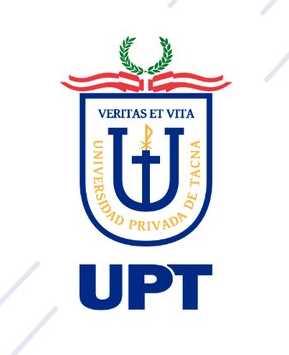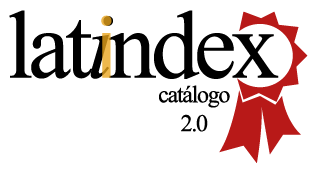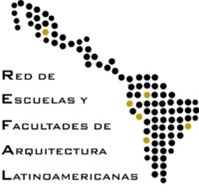Participation creates spaces.
The collective knowledge as the basis of urban design. Piura, Peru.
Keywords:
Citizen participation, urban laboratory, Piura, urban planningAbstract
Urban planning is in a process of change. The established structures for decision-making are questioned, new participatory processes are tested in the planning of public buildings and a new culture of planning is demanded. This is especially evident in different collective groups of urbanism and architecture, which were founded in recent decades and seek to transform and improve the urban space with the help of participatory procedures and in cooperation with the local population. The fact that this model of participatory processes can facilitate “a bottom-up city” will be illustrated in this article using the example of different activities in the city of Piura carried out by the collective FuturoPiura. In order to influence the population's concern about the improvement of the city and act with the intention of optimizing the quality of life of citizens, FuturoPiura has been carrying out different actions, such as collaborative analysis activities, participatory design workshops with citizenship, mapping, carrying out tactical interventions, recreational activities, strategies to promote local identity, awareness of public spaces and execution of parks with the involvement of the population.









